Eateries of ‘60s: A walk down memory lane
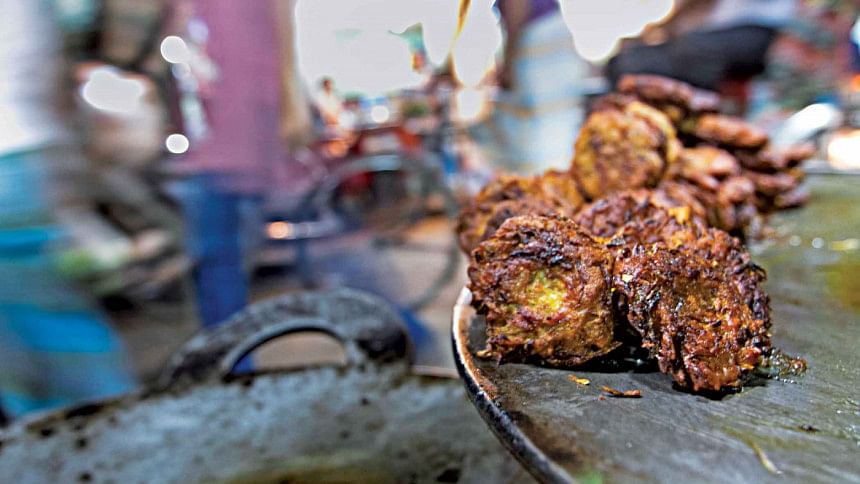
Dhaka those days was still a small town. It was old Dhaka centric. The train station, the river traffic terminal, the main trade and commercial activity and important government offices were in old Dhaka.
The new Dhaka was sparsely populated and was just coming up. Only a few people lived in Dhanmandi, Gulshan, and Banani. Motijheel commercial area had only two or three big buildings like the EPIDC building, DIT building and the Adamjee Court. So naturally, most of the interesting places to eat were in old Dhaka.
The restaurants were popularly called "hotels." As a young child, I saw eateries called "pice hotel." These were cheap places where one could literally eat for a few paisas! That is how these places got the name of Pice Hotel.
Until the mid-sixties, there were floating restaurants on boats on the Buriganga River in Sadarghat. The clientele of these were mainly the poor litigants who came to the Dhaka Court. There were separate arrangements for Hindu and Muslim customers. The cheap shanty restaurants in launch terminals catered to the travelling public. Restaurant visit by a family was extremely rare.
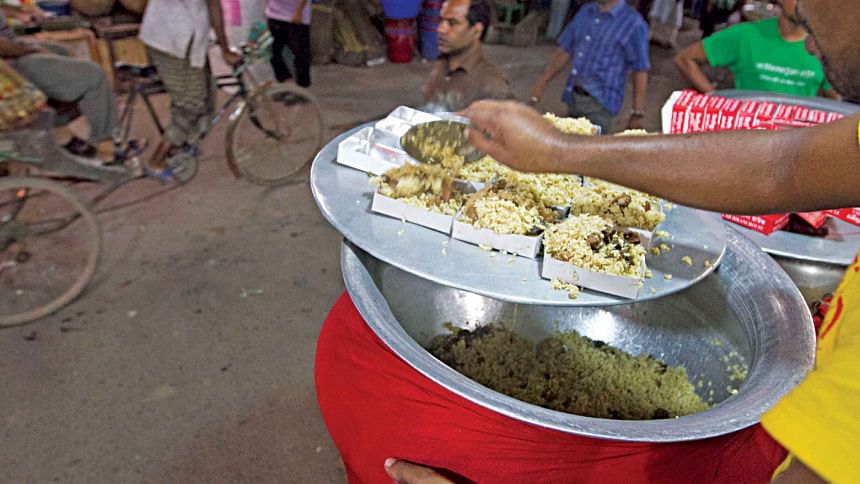
The former Jinnah Avenue, now Bangabandhu Avenue, had most of the high-end establishments. Kasbah, La Sani, Chu Chin Chow in former Jinnah Avenue, belonged to this category. One restaurant, called Myrander, opposite the Court House, was also a high class eatery. They had proper cutlery and linen.
The Sakura Restaurant cum bar was located in front of the Intercontinental Hotel. The big hotels like Shahbagh and later Intercontinental and Purbani had their own in-house restaurants. The Chambeli Room of Intercontinental Hotel was a classy restaurant. You had to go there formally dressed in a jacket and tie. They even had occasional floor shows featuring exotic belly dancers.
Another great place to eat, though strictly not in Dhaka city, was the Rocket steamer. They served a fine dinner, specially the smoked hilsa. The cheaper eateries were spread all over the city. Other more popular places in Jinnah Avenue were Sweet Heaven, Salimabad Hotel. Nawabpur Road had Delhi Hotel, Aminia, Amjadia, etc. There was a restaurant called Shanti Hotel in Rathkhola, where you could have a full Bengali meal at a nominal price. Two more places, Popular and Hasina restaurants in Bakhshi Bazar, were very popular, especially among the students of engineering and medical colleges.

In the '60s, the go-to place for kebab was Rex in Jinnah Avenue and Darul Kabab or Shalimar on the Airport Road.
Rex was a good quality restaurant with comfortable sitting. Darul Kabab, a cheaper eatery, used to stand on stilts in the jheel across present Sonargaon Hotel. Being cheaper, this was probably the most popular kebab house in the city.
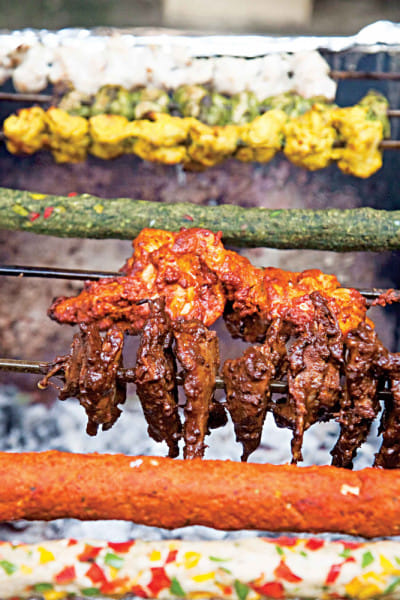
For Chinese food, you had Chu Chin Chow or Cafe China to choose from. Chu Chin Chow was the first Chinese restaurant in Dhaka, located in the Gulistan Cinema Hall building. By the end of the decade, many more Chinese restaurants like Canton, Hong Kong, Yi Fa, etc. came up.
For tehari, or biriyani, you went to Shainu Pahlwan or Hajir Biriyani shops. The iconic Beauty Boarding was the haunt of Dhaka literati. It was frequented by the budding stars of the Dhaka literature world like Shamsur Rahman, Syed Haq and others and was normally avoided by the general public.
Chittagong Restaurant opposite Dhaka College or the tea stalls of New Market were popular with students. There was a better type of restaurant called Liberty in New Market, tucked away in the corner among photograph studios.
The University of Dhaka had Madhu's Canteen, which was the hub of all kinds of student activities. Here, one could spend hours over a cup of tea, a shingara, while talking about all kinds of issues.
The Sharif Mia's canteen beside the university library served nice cups of tea and buttered toast biscuits sprinkled with sugar. Here, you could have a half plate tehari costing only eight annas. During the late '60s, the TSC cafeteria was opened. Here, one could have snacks or lunch. Although the ambience was better, this was not as popular as Madhu's canteen.
The Provincial Restaurant and Islamia Restaurant of the stadium market were favourite places for those who were sports minded and frequented the stadium area. The Mughlai paratha of Provincial was very popular.
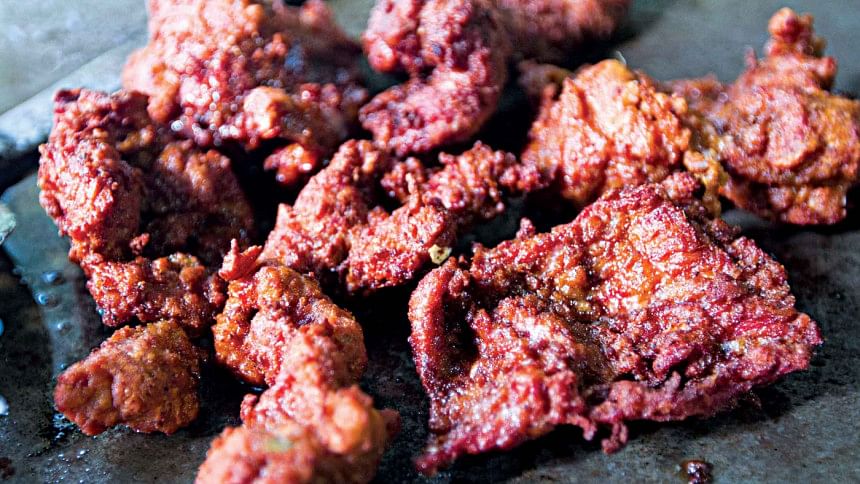
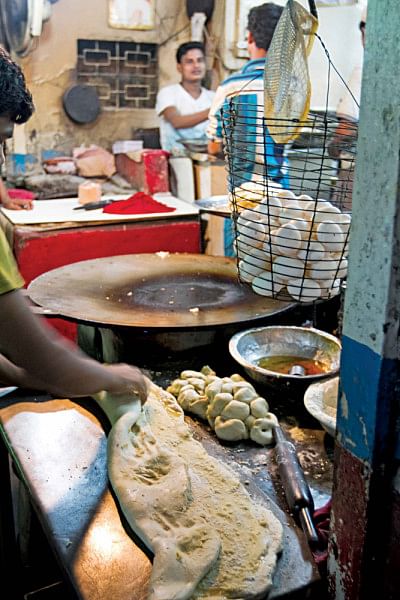
There were no burger joints in Dhaka at that time. The closest to a burger we had was a piece of deep-fried chicken in a bun at a place called Purnima Restaurant in Jinnah Avenue.
Ruchira restaurant, located in the municipal market at Luxmi Bazar, also served good Mughlai parathas. For sweetmeats, there were the good old dependable Maranchand and Kalachand shops. They did not offer many fancy sweets and the choice was rather simple and limited. There was rasogolla, chamcham, kalojam, sandesh, balushai etc.
Sweet curd from Maranchand was another great attraction. Bakarkhani and shuta kabab from Lalbagh Kellar Mor or Chawk Bazar were always a welcome snack. Some restaurants like Jal Khabar offered breakfast of luchi with bhaji or halwa.
In the old town, there were nameless places which served paya or nehari with tandoor roti in the morning. The Light Confectionary shop in New Market was the place to go for a nice beef or chicken patty. It also offered a cupcake with bright pink icing on top called Queen Cake and Cream Roll. The other two confectionery shops were Olympia and Capital Confectionery. The better variety of such delicacies available at Shahbagh Hotel or Purbani Hotel was naturally out of our reach.
During those days, the street food like fuchka, chotpoti had not attained the respectability of being prepared or served at home. It was mostly available in front of the Ramna Park gate, under the big tamarind trees or just behind the Gulistan Cinema Hall.
The first regular restaurant to serve these delicious items was Flamingo Restaurant in Purana Paltan. Flamingo was also the first to introduce bhel puri to the Dhakaites. For exotic food, there was the famous Paglaar Gelassy near the Lion Cinema Hall. It is still a mystery as to why it was called gelassy! This was a specially cooked mutton preparation eaten with roti. Supposedly very energy giving, this was popular with the body builders and wrestlers. This is now an extinct delicacy.
For ice cream, there was the Baby Ice Cream Parlour in Jinnah Avenue across Gulistan Cinema Hall. In late '60s, another nice place for ice cream called Igloo Gentu came up in Topkhana Road. This place had the first jukebox in town! I will fail completely if I do not mention the Chawk Bazar Lassi. This was a very popular drink which came in sweet and savoury tastes.
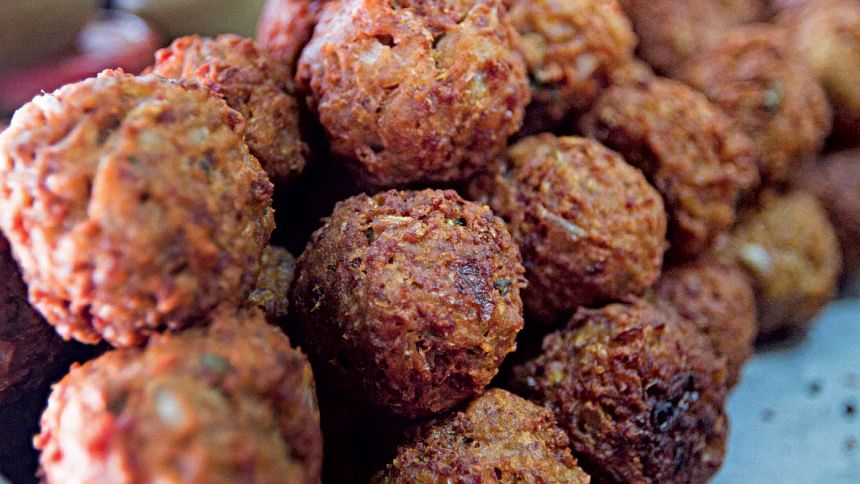
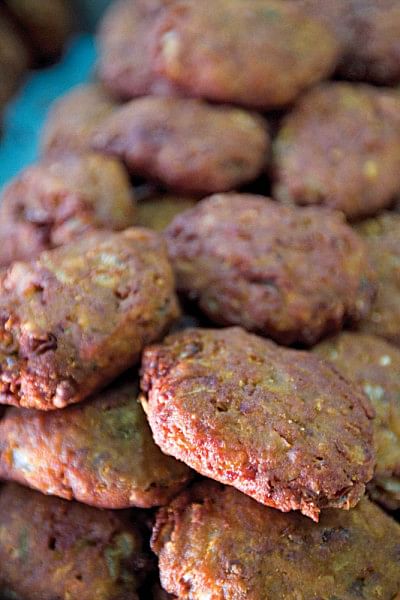
Eating in Dhaka in the '60s will not be complete if I do not mention the DU residential hall food during those days. I used to stay in Jinnah, presently Surja Sen Hall, during my DU days. We paid less than Tk 40 as mess charge per month which covered two meals a day with an "improved diet" of pulao and half chicken roast every fortnight and a "feast" of pulao, full chicken roast, sweets and a coke every month.
We were students on a budget, but even one taka took us a long way. During breakfast, I used to have two buttered toast or parathas for 4 annas, omelette of two eggs for 8 annas, and a cup of tea for 2 annas. Total cost was less than a taka. It sounds like a fairy tale, but two people could have a decent Chinese lunch or dinner for 5 or 6 takas!
Dhaka was never the same after the '60s. Perhaps today, the number of restaurants in Banani alone will be more than all such establishments in Dhaka of the olden days.
Nowadays, we have restaurants offering cuisines of many different types from all corners of the world. While the people of my generation certainly enjoy the food scene of modern Dhaka, the taste of the 1960s food still lingers and leaves us feeling nostalgic.
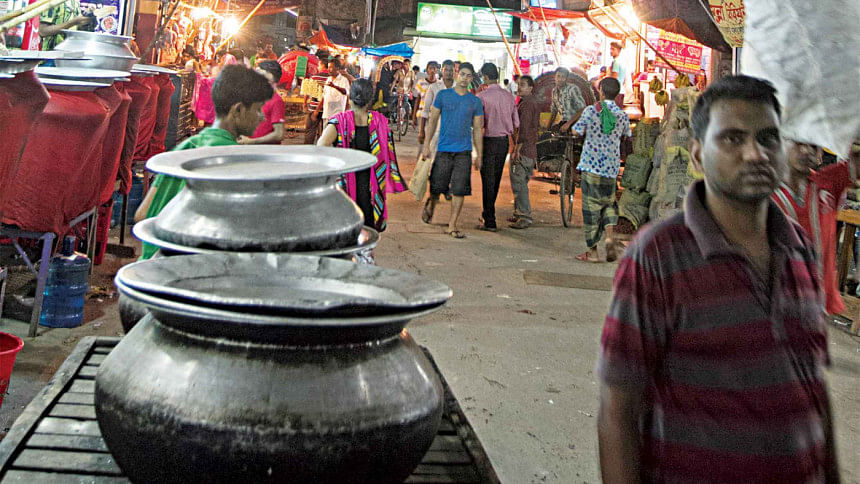
Photo: LS Archive/ Sazzad Ibne Sayed

 For all latest news, follow The Daily Star's Google News channel.
For all latest news, follow The Daily Star's Google News channel. 


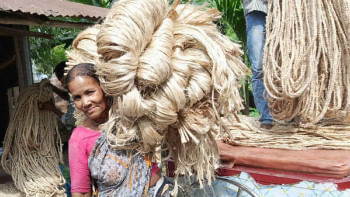
Comments